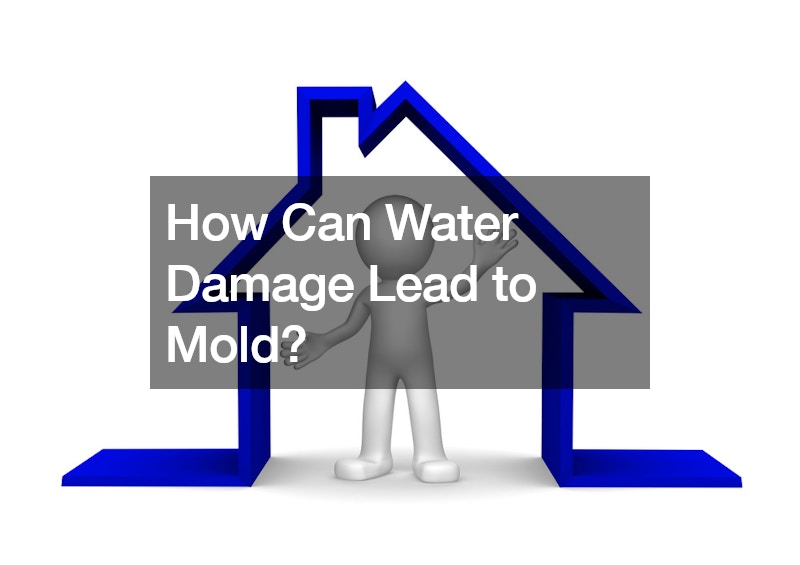Water damage is a common yet serious issue for homeowners, often leading to more severe problems if not promptly addressed. One of the most significant consequences of water damage is mold growth.
The Ideal Conditions for Mold
Mold thrives in environments that are damp, dark, and poorly ventilated. Water damage creates these ideal conditions, providing mold spores with the moisture they need to grow and spread. When water infiltrates your home due to leaks, floods, or high humidity, it saturates building materials such as wood, drywall, and carpeting. These materials can remain damp for extended periods, especially if the water damage is not immediately addressed, fostering the perfect environment for mold proliferation.
The Speed of Mold Growth
Mold can begin to grow within 24 to 48 hours after water damage occurs. This rapid growth means that even minor issues should be treated as an urgent issue by a water damage company. The longer the water is allowed to sit, the greater the chance for mold to establish itself and spread throughout your home. Mold spores are microscopic and can travel through the air, contaminating other areas and making it challenging to eradicate.

Health Risks Associated With Mold
Mold growth poses significant health risks, particularly to individuals with respiratory issues, allergies, or weakened immune systems. Exposure to mold can lead to symptoms such as coughing, sneezing, skin rashes, and severe respiratory problems. Prolonged exposure can exacerbate these health issues, making it essential to address water damage quickly to prevent mold growth.
Preventing Mold After Water Damage
To prevent mold after water damage, it’s crucial to act swiftly. Dry out affected areas as soon as possible using fans, dehumidifiers, and proper ventilation. Remove and replace any water-damaged materials that cannot be thoroughly dried. Regularly inspect your home for leaks, and address any issues immediately to prevent water damage from occurring in the first place.

